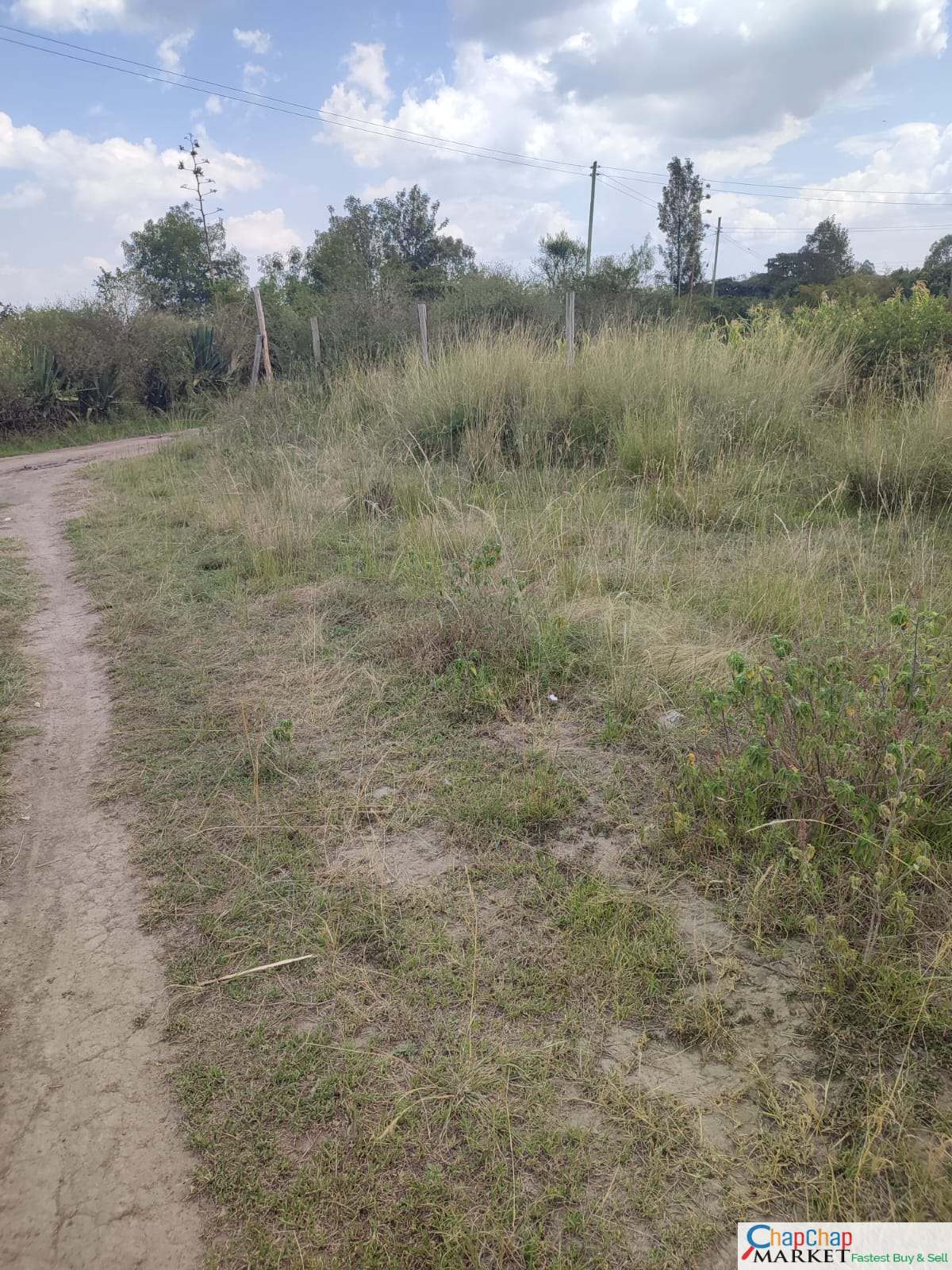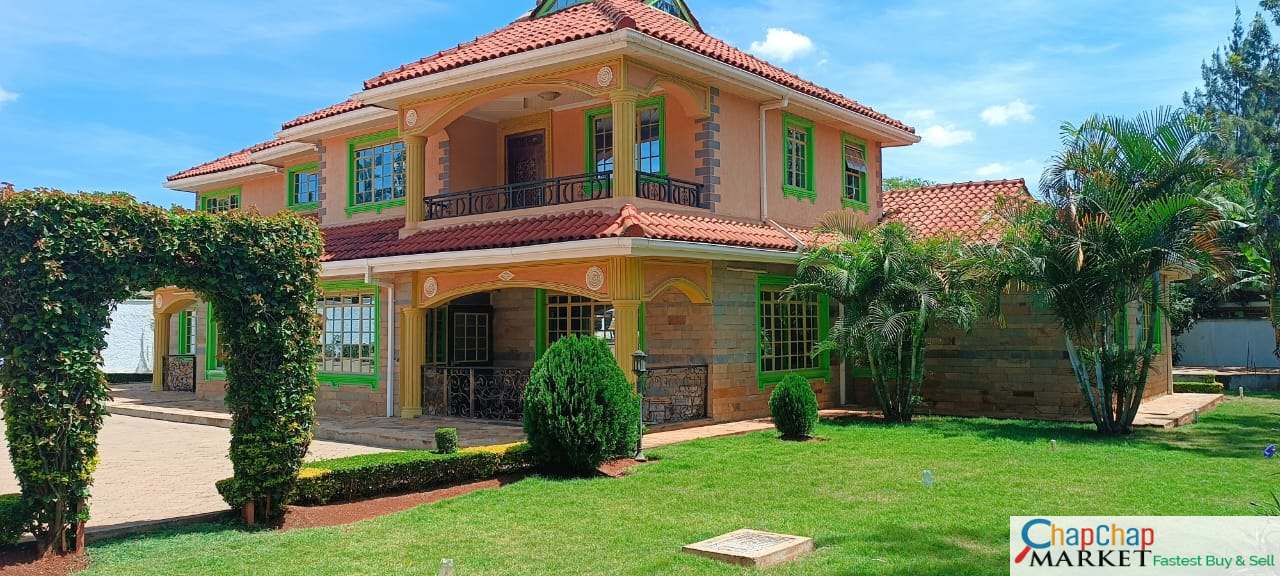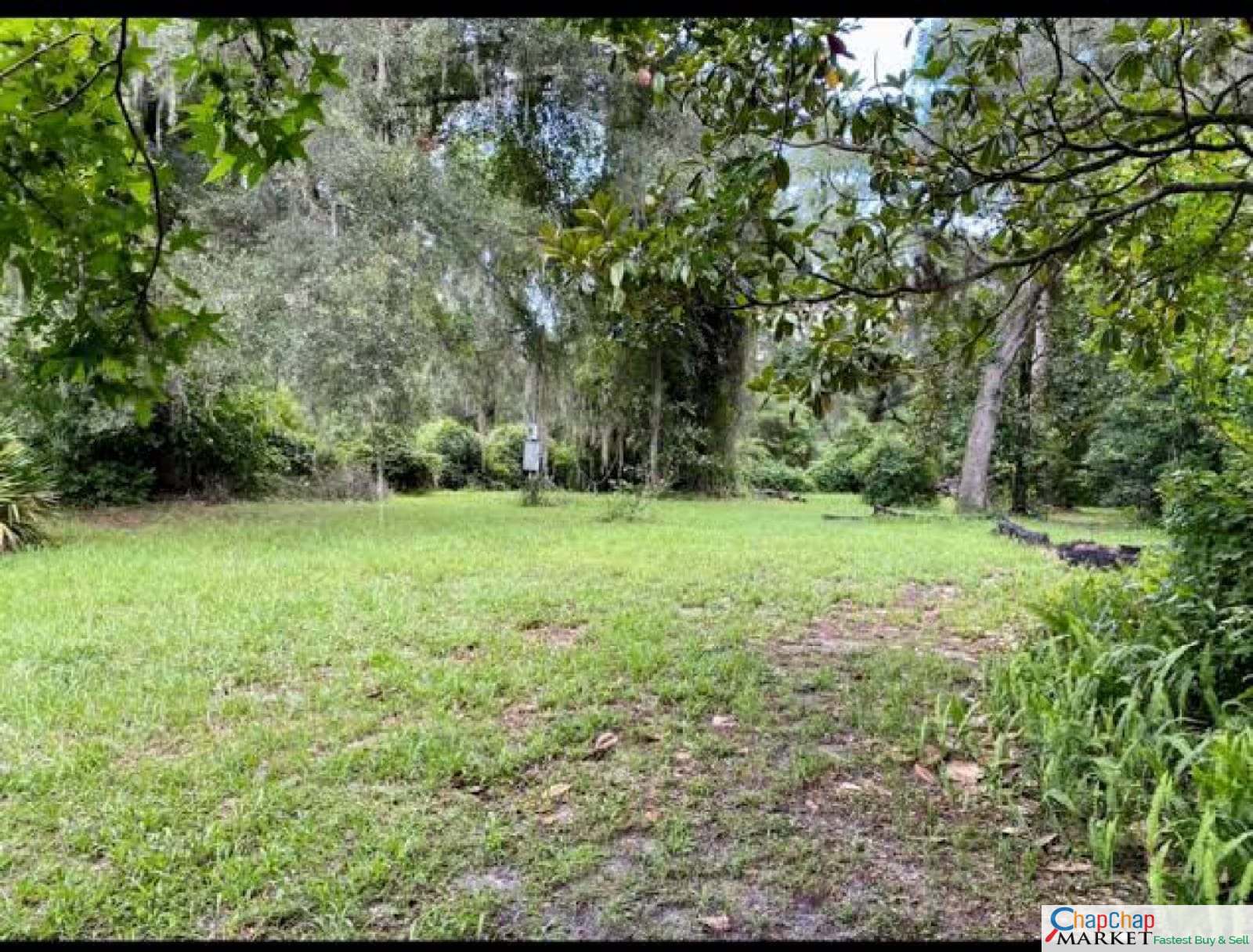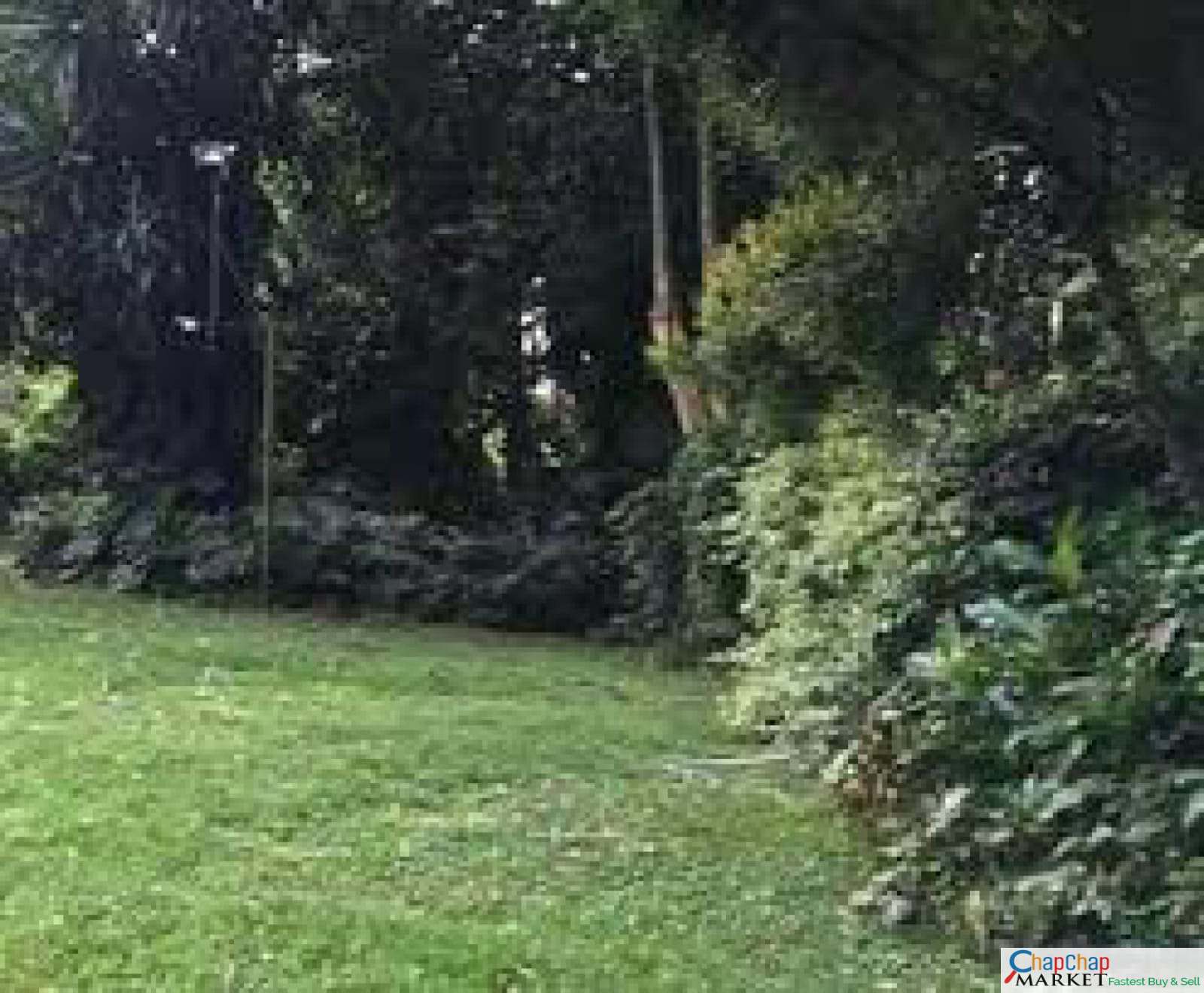How Robert Mugabe became Prime Minister of Zimbabwe, Beautiful Story
Steve Oke Chapchap Market No Comments
Prime Minister of Zimbabwe: 1980–1987

Mugabe took his oath of office on 17 April 1980.[166] He gave a speech at Salisbury’s Rufaro Stadium announcing that Rhodesia would be renamed “Zimbabwe” and pledged racial reconciliation.[167] Soames aided Mugabe in bringing about an orderly transition of power; for this Mugabe remained grateful, describing Soames as a good friend.[168] Mugabe unsuccessfully urged Soames to remain in Zimbabwe for several more years,[169] and also failed to convince the UK to assume a two-year “guiding role” for his government because most ZANU-PF members lacked experience in governing.[170] ZANU-PF’s absolute parliamentary majority allowed them to rule alone, but Mugabe created a government of national unity by inviting members of rival parties to join his cabinet.[171] Mugabe moved into the Premier’s residence in Salisbury, which he left furnished in the same style as Smith had left it.[172]
Across the country, statues of Cecil Rhodes were removed and squares and roads named after prominent colonial figures were renamed after black nationalists.[173] In 1982 Salisbury was renamed Harare.[174] Mugabe employed North Korean architects to design Heroes’ Acre, a monument and complex in western Harare to commemorate the struggle against minority rule.[175] Zimbabwe also received much aid from Western countries, whose governments hoped that a stable and prosperous Zimbabwe would aid the transition of South Africa away from apartheid and minority rule.[176] The United States provided Zimbabwe with a $25 million three-year aid package.[176] The UK financed a land reform program,[177] and provided military advisers to aid the integration of the guerrilla armies and old Rhodesian security forces into a new Zimbabwean military.[178] Members of both ZANLA and ZIPRA were integrated into the army; there remained a strong rivalry between the two groups.[179] As Prime Minister, Mugabe retained Walls as the head of the armed forces.[180]
Mugabe’s government continued to make regular pronouncements about converting Zimbabwe into a socialist society, but did not take concrete steps in that direction.[181] In contrast to Mugabe’s talk of socialism, his government’s budgetary policies were conservative, operating within a capitalist framework and emphasising the need for foreign investment.[173] In office, Mugabe sought a gradual transformation away from capitalism and tried to build upon existing state institutions.[168] From 1980 to 1990, the country’s economy grew by an average of 2.7% a year, but this was outstripped by population growth and real income declined.[182] The unemployment rate rose, reaching 26% in 1990.[182] The government ran a budget deficit year-on-year that averaged at 10% of the country’s gross domestic product.[182] Under Mugabe’s leadership, there was a massive expansion in education and health spending.[182] In 1980, Zimbabwe had just 177 secondary schools, by 2000 this number had risen to 1,548.[182] During that period, the adult literacy rate rose from 62% to 82%, one of the best records in Africa.[182] Levels of child immunisation were raised from 25% of the population to 92%.[182]
A new leadership elite were formed, who often expressed their newfound status through purchasing large houses and expensive cars, sending their children to private schools, and obtaining farms and businesses.[183] To contain their excesses, in 1984 Mugabe drew up a “leadership code” which prohibited any senior figures from obtaining more than one salary or owning over 50-acres of agricultural land.[183] There were exceptions, with Mugabe giving permission to General Solomon Mujuru to expand his business empire, resulting in him becoming one of the Zimbabwe’s wealthiest people.[184] Growing corruption among the socio-economic elite generated resentment among the wider population, much of who was living in poverty.[185]

ZANU-PF also sought to establish its own business empire, founding the M&S Syndicate in 1980 and the Zidoo Holdings in 1981.[184] By 1992, the party had fixed assets and businesses worth an estimated Z$500 million (US$75 million).[184] In 1980, ZANU-PF used Nigerian funds to set up the Mass Media Trust, through which they bought out a South African company that owned most of Zimbabwe’s newspapers.[186] The white editors of these newspapers were sacked and replaced by government appointees.[187] These media outlets subsequently became a source of the party’s propaganda.[187]
At independence, 39% of Zimbabwe’s land was under the ownership of around 6000 white large-scale commercial farmers, while 4% was owned by black small-scale commercial farmers, and 41% was ‘communal land’ where 4 million people lived, often in overcrowded conditions.[188] The Lancaster House agreement ensured that until 1990, the sale of land could only take place on a “willing seller-willing buyer” basis. The only permitted exceptions were if the land was “underutilised” or needed for a public purpose, in which case the government could compulsorily purchase it while fully compensating the owner.[189] This meant that Mugabe’s government was largely restricted to purchasing land which was of poor quality.[189] Its target was to resettle 18,000 black families on 2.5 million acres of white-owned land over three years. This would cost £30 million (US$60 million), half of which was to be provided by the UK government as per the Lancaster House Agreement.[188]
In 1986, Mugabe became chair of the Non-Aligned Movement (NAM), a position that he retained until 1989.[190] As the leader of one of the Front Line States, the countries bordering apartheid South Africa, he gained credibility within the anti-apartheid movement.[190]
Race relations
— Mugabe’s speech after his 1980 victory[191]
Mugabe initially emphasised racial reconciliation and he was keen to build a good relationship with white Zimbabweans.[192] He hoped to avoid a white exodus and tried to allay fears that he would nationalise white-owned property.[193] He appointed two white ministers—David Smith and Denis Norman—to his government,[194] met with white leaders in agriculture, industry, mining, and commerce,[195] and impressed senior figures in the outgoing administration like Smith and Ken Flower with his apparent sincerity.[196] With the end of the war, petrol rationing, and economic sanctions, life for white Zimbabweans improved during the early years of Mugabe’s rule.[197] In the economic boom that followed, the white minority—which controlled considerable property and dominated commerce, industry, and banking—were the country’s main beneficiaries.[177]
Nevertheless, many white Zimbabweans complained that they were the victims of racial discrimination.[198] Many whites remained uneasy about living under the government of a black Marxist and they also feared that their children would be unable to secure jobs.[177] There was a growing exodus to South Africa, and in 1980, 17,000 whites—approximately a tenth of the white Zimbabwean population—emigrated.[178] Mugabe’s government had pledged support for the African National Congress and other anti-apartheid forces within South Africa, but did not allow them to use Zimbabwe as a base for their military operations.[176] To protest apartheid and white minority rule in South Africa, Mugabe’s government banned Zimbabwe from engaging South Africa in any sporting competitions.[176] In turn, South Africa tried to destabilise Zimbabwe by blocking trade routes into the country and supporting anti-Mugabist militants among the country’s white minority.[199]
In December 1981, a bomb struck ZANU-PF headquarters, killing seven and injuring 124.[200] Mugabe blamed South African-backed white militants.[201] He criticised “reactionary and counter-revolutionary elements” in the white community, stating that despite the fact that they had faced no punishment for their past actions, they rejected racial reconciliation and “are acting in collusion with South Africa to harm our racial relations, to destroy our unity, to sabotage our economy, and to overthrow the popularly elected government I lead”.[201] Increasingly he criticised not only the militants but the entire white community for holding a monopoly on “Zimbabwe’s economic power”.[202] This was a view echoed by many government ministers and the government-controlled media.[198] One of these ministers, Tekere, was involved in an incident in which he and seven armed men stormed a white-owned farmhouse, killing an elderly farmer; they alleged that in doing so they were foiling a coup attempt. Tekere was acquitted of murder; Mugabe dropped him from the cabinet.[203]
Racial mistrust and suspicion continued to grow.[204] In December 1981, the elderly white MP Wally Stuttaford was accused of being a South African agent, arrested, and tortured, generating anger among whites.[205] In July 1982, South African-backed white militants destroyed 13 aircraft at Thornhill. A number of white military officers were accused of complicity, arrested, and tortured. They were put on trial but cleared by judges, after which they were immediately re-arrested.[206] Their case generated an international outcry, which Mugabe criticised, stating that the case only gained such attention because the accused were white.[207] His defence of torture and contempt for legal procedures damaged his international standing.[208] White flight continued to grow, and within three years of Mugabe’s Premiership half of all white Zimbabweans had emigrated.[209] In the 1985 election, Smith’s Conservative Alliance of Zimbabwe won 15 of the 20 seats allocated for white Zimbabweans.[210] Mugabe was outraged by this result,[211] lambasting white Zimbabweans for not repenting “in any way” by continuing to support Smith and other white politicians who had committed “horrors against the people of Zimbabwe”.[210]
Relations with ZAPU and the Gukurahundi
Under the new constitution, Zimbabwe’s Presidency was a ceremonial role with no governmental power; the first President was Canaan Banana.[212] Mugabe had previously offered the position to Nkomo, who had turned it down in favour of becoming Minister of Home Affairs.[213] While working together, there remained an aura of resentment and suspicion between Mugabe and Nkomo.[214] Mugabe gave ZAPU four cabinet seats, but Nkomo demanded more.[215] In contrast, some ZANU-PF figures argued that ZAPU should not have any seats in government, suggesting that Zimbabwe be converted into a one-party state.[216] Tekere and Enos Nkala were particularly adamant that there should be a crackdown on ZAPU.[216] After Nkala called for ZAPU to be violently crushed during a rally in Entumbane, street clashes between the two parties broke out in the city.[217]
In January 1981, Mugabe demoted Nkomo in a cabinet reshuffle; the latter warned that this would anger ZAPU supporters.[218] In February, violence between ZAPU and ZANU-PF supporters broke out among the battalion stationed at Ntabazindune, soon spreading to other army bases, resulting in 300 deaths.[219] An arms cache featuring land mines and anti-aircraft missiles were then discovered at Ascot Farm, which was part-owned by Nkomo. Mugabe cited this as evidence that ZAPU were plotting a coup, an allegation that Nkomo denied.[220] Likening Nkomo to “a cobra in the house”, Mugabe sacked him from the government, and ZAPU-owned businesses, farms, and properties were seized.[221]
Members of both ZANLA and ZIPRA had deserted their positions and engaged in banditry.[216] In Matabeleland, ZIPRA deserters who came to be known as “dissenters” engaged in robbery, holding up buses, and attacking farm houses, creating an environment of growing lawlessness.[222] These dissidents received support from South Africa through its Operation Mute, by which it hoped to further destabilise Zimbabwe.[223] The government often conflated ZIPRA with the dissenters,[224] although Nkomo denounced the dissidents and their South African supporters.[225] Mugabe authorised the police and army to crack down on the Matabeleland dissenters, declaring that state officers would be granted legal immunity for any “extra-legal” actions they may perform while doing so.[225] During 1982 he had established the Fifth Brigade, an elite armed force trained by the North Koreans; membership was drawn largely from Shona-speaking ZANLA soldiers and were answerable directly to Mugabe.[226] In January 1983, the Fifth Brigade were deployed in the region, overseeing a campaign of beatings, arson, public executions, and massacres of those accused of being sympathetic to the dissidents.[227] The scale of the violence was greater than that witnessed in the Rhodesian War.[228] Interrogation centres were established where people were tortured.[229] Mugabe acknowledged that civilians would be persecuted in the violence, claiming that “we can’t tell who is a dissident and who is not”.[230] The ensuing events became known as the “Gukurahundi”, a Shona word meaning “wind that sweeps away the chaff before the rains”.[231]
In 1984 the Gukurahundi spread to Matabelelend South, an area then in its third year of drought. The Fifth Brigade closed all stores, halted all deliveries, and imposed a curfew, exacerbating starvation for a period of two months.[232] The Bishop of Bulawayo accused Mugabe of overseeing a project of systematic starvation.[229] When a Roman Catholic delegation provided Mugabe with a dossier listing atrocities committed by the Fifth Brigade, Mugabe refuted all its allegations and accused the clergy of being disloyal to Zimbabwe.[233] He had the Catholic Commission for Justice and Peace in Zimbabwe‘s suppressed.[234] In 1985, an Amnesty International report on the Gukurahundi was dismissed by Mugabe as “a heap of lies”.[235] Over the course of four years, approximately 10,000 civilians had been killed, and many others had been beaten and tortured.[236] Genocide Watch later estimated that approximately 20,000 had been killed.[237]
Margaret Thatcher‘s UK government was aware of the killings but remained silent on the matter, cautious not to anger Mugabe and threaten the safety of white Zimbabweans.[238] The United States also did not raise strong objections, with President Ronald Reagan welcoming Mugabe to the White House in September 1983.[239] In October 1983, Mugabe attended the Commonwealth Heads of Government Meeting in New Delhi, where no participating states mentioned the Gukurahundi.[239] In 2000, Mugabe acknowledged that the mass killings had happened, stating that it was “an act of madness … it was wrong and both sides were to blame”.[240] Meredith argued however that Mugabe and his ZANU-PF were solely to blame for the massacres.[240] Various Mugabe biographers have seen the Gukurahundi as a deliberate attempt to eliminate ZAPU and its support base to advance his desire for a ZANU-PF one-party state.[241]
There was further violence in the build-up to the 1985 election, with ZAPU supporters facing harassment from ZANU-PF Youth Brigades.[242] Despite this intimidation, ZAPU won all 15 of the parliamentary seats in Matabeleland.[242] Mugabe then appointed Nkala as the new police minister. Nkala subsequently detained over 100 ZAPU officials, including five of its MPs and the Mayor of Bulawayo, banned the party from holding rallies or meetings, closed all of their offices, and dissolved all of the district councils that they controlled.[243] To avoid further violence, in December 1987 Nkomo signed a Unity Accord in which ZAPU was officially disbanded and its leadership merged into ZANU-PF.[244] The merger between the two parties left ZANU-PF with 99 of the 100 seats in parliament,[245] and established Zimbabwe as a de facto one-party state.[239]












Leave a Comment
Your email address will not be published. Required fields are marked. *